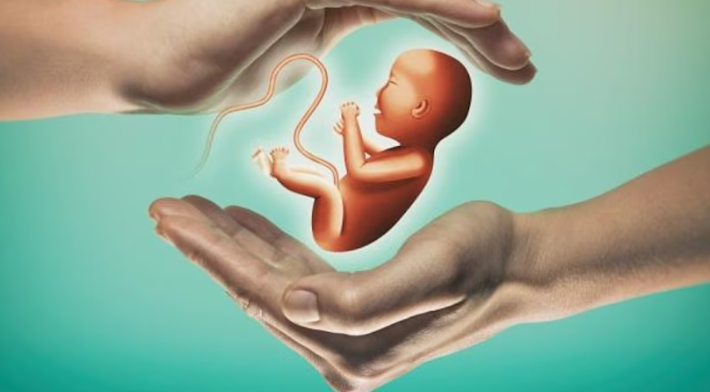India’s fertility rate declines (GS Paper 3, Science)

Context
- In India, the numbers were significant, with over 1.6 crore live births in 1950 and 2.2 crore in 2021.
- While India surpassed China’s population record in 2022, a new study by The Lancet Journal explores a decline in India’s fertility rate from 1950 to 2021.
- The report suggests 4.8 children per woman in 1950 to 2.2 children per woman in 2021. The study further reports the expected decline in the next 25 years.
Projection by year 2050
- India’s total fertility rate (TFR), which measures births per woman, will decline to 1.29 by the year 2050.
- Globally, there were 12.9 crore live births in 2021, marking an increase from around 9.3 crore in 1950 but a decrease from the peak of 14.2 crore in 2016.
- In India, the numbers were significant, with over 1.6 crore live births in 1950 and 2.2 crore in 2021. However, the project indicates a decrease to 1.3 crore by 2050.
Low-income countries may have a high fertility rate
- While many parts of the world grapple with declining fertility rates, low-income countries are expected to continue facing high fertility challenges throughout the 21st century, as highlighted by researchers from the Global Burden of Disease 2021 Fertility and Forecasting Collaborators.
- The study suggests that the majority of children will be born in some of the world’s poorest regions, with the share of live births in low-income countries expected to nearly double from 18 percent to 35 percent between 2021 and 2100.
- Additionally, these countries are likely to confront more frequent climate-related challenges such as floods, droughts, and extreme heat, exacerbating food, water, and resource insecurity, as well as increasing the risk of heat-related illnesses and fatalities.
Impact of Education in Low-income countries
- Although fertility rates are declining globally, the study anticipates “considerably steeper fertility declines” in sub-Saharan Africa in the coming decades, attributed to increased education and access to contraceptives.
- The Global Burden of Disease (GBD) study, hailed as the most extensive effort to quantify health loss across different regions and periods, is coordinated by the Institute for Health Metrics and Evaluation at the University of Washington in the United States.
Conclusion
- The study’s findings have significant implications for India, including challenges such as an ageing population, labour shortages, and potential social imbalances stemming from gender preferences.


